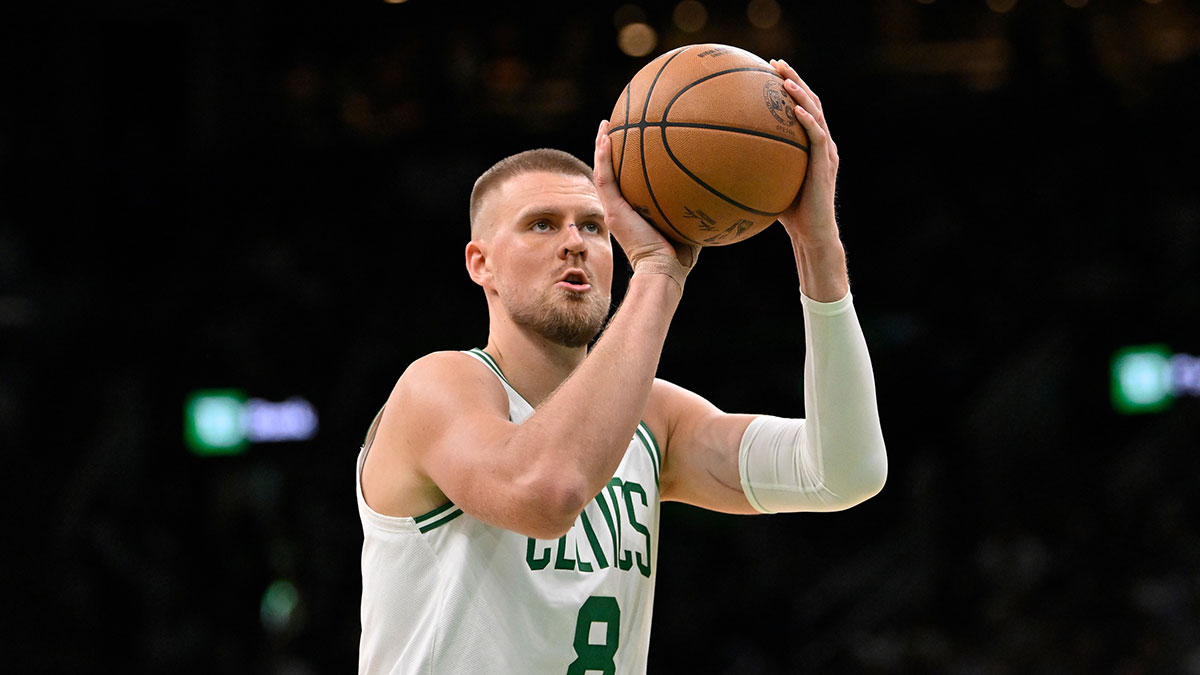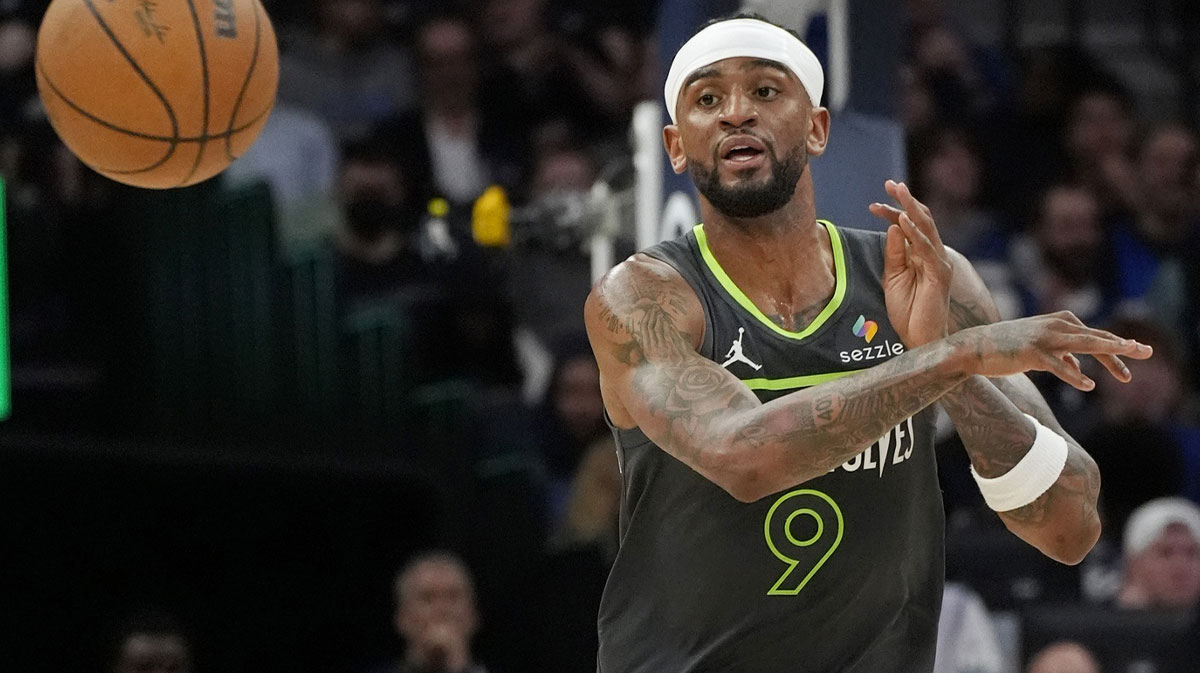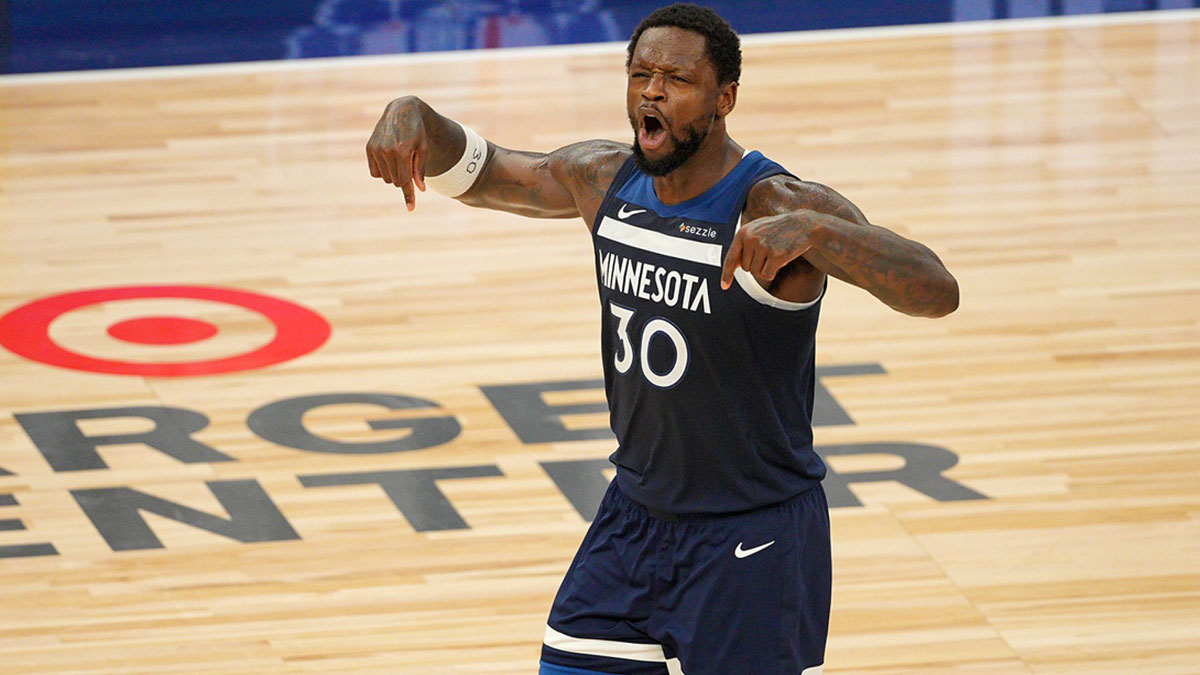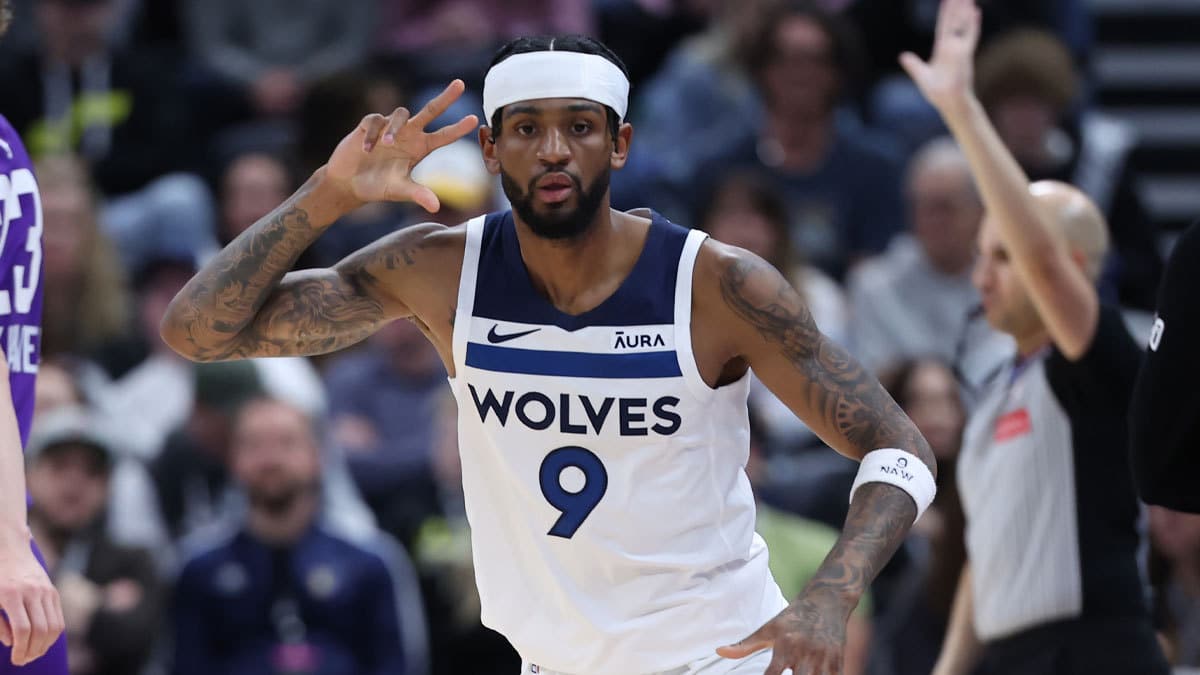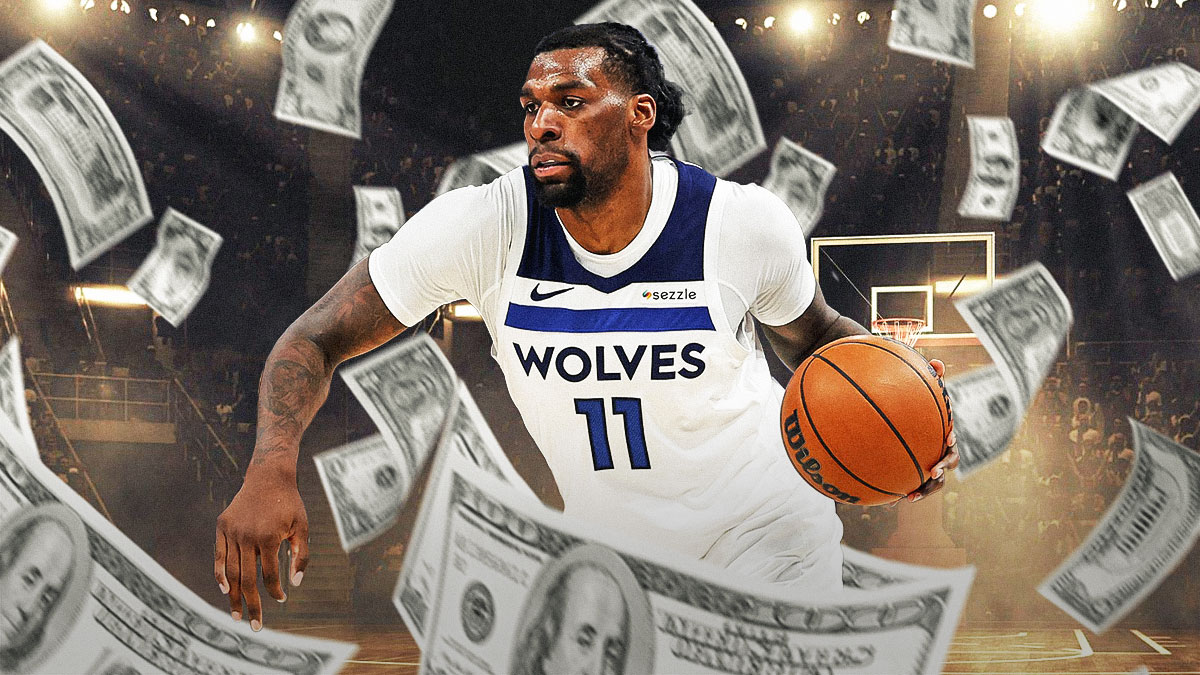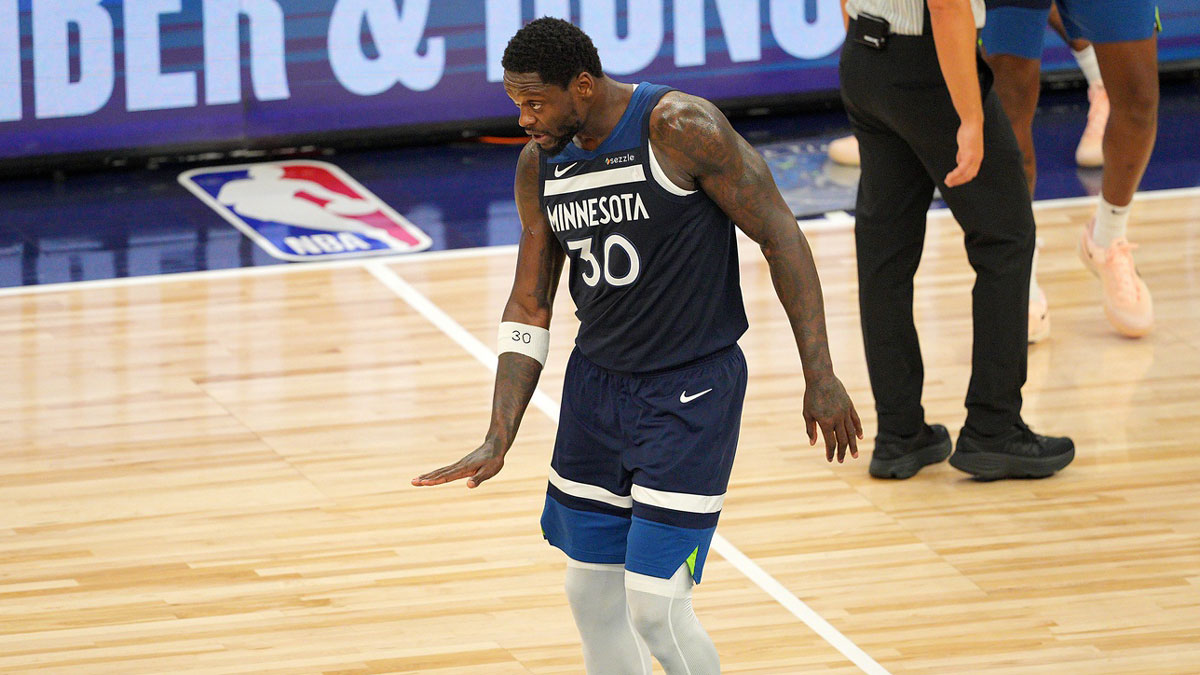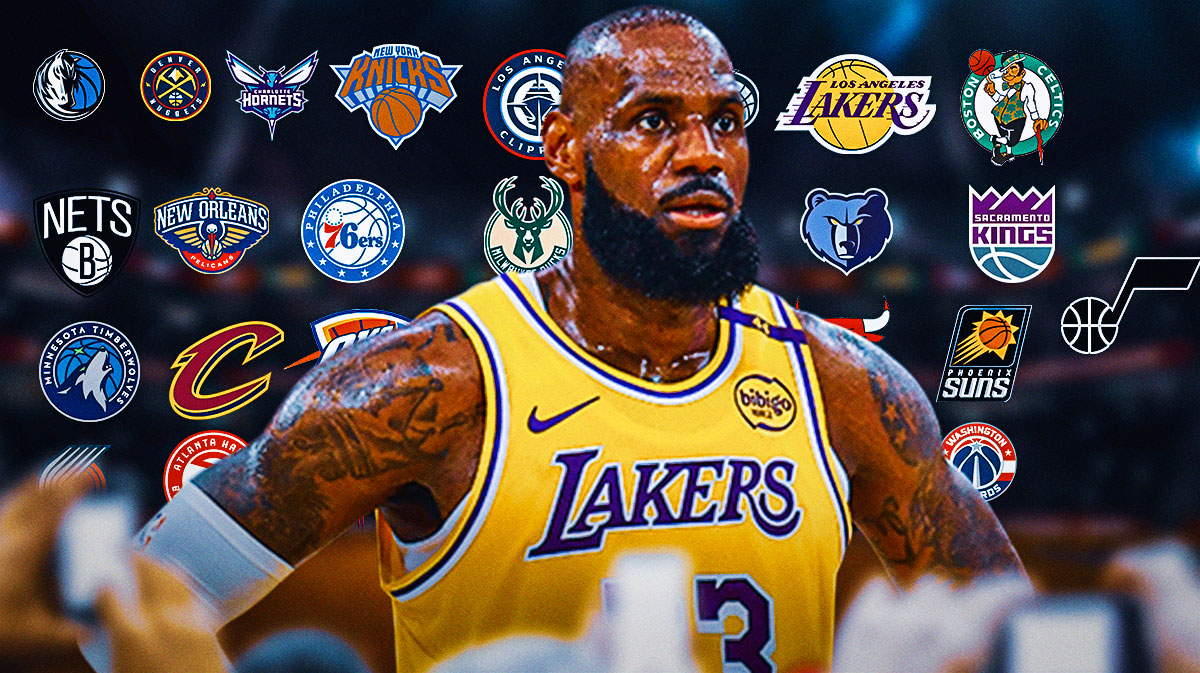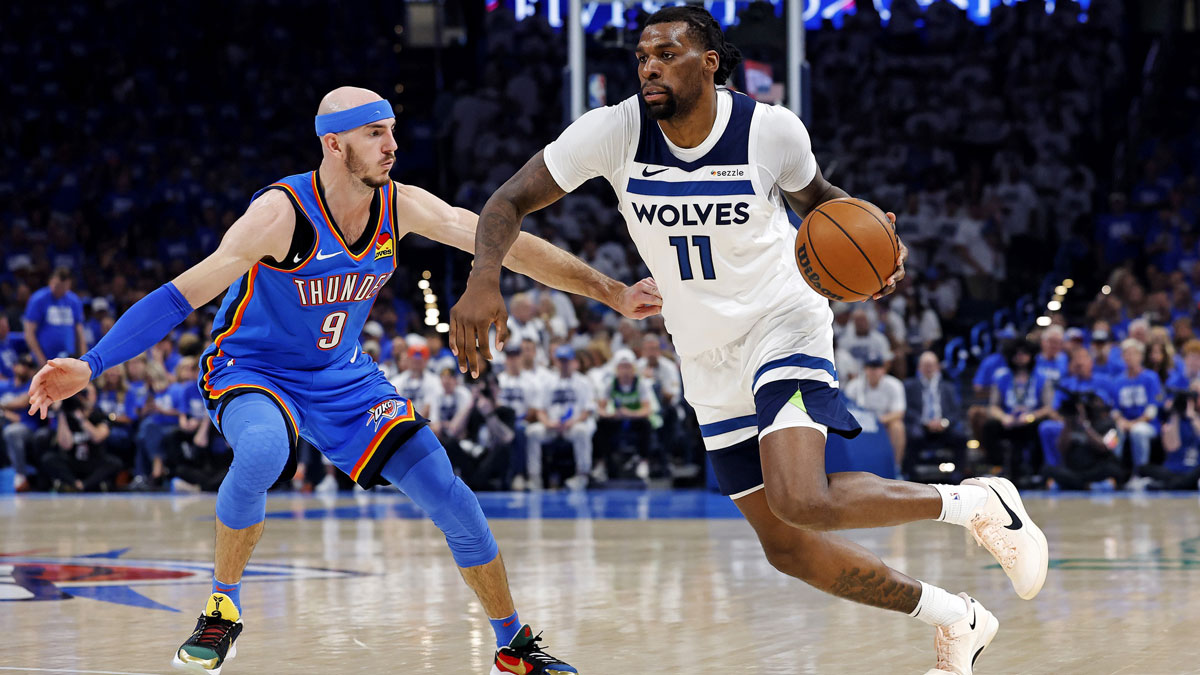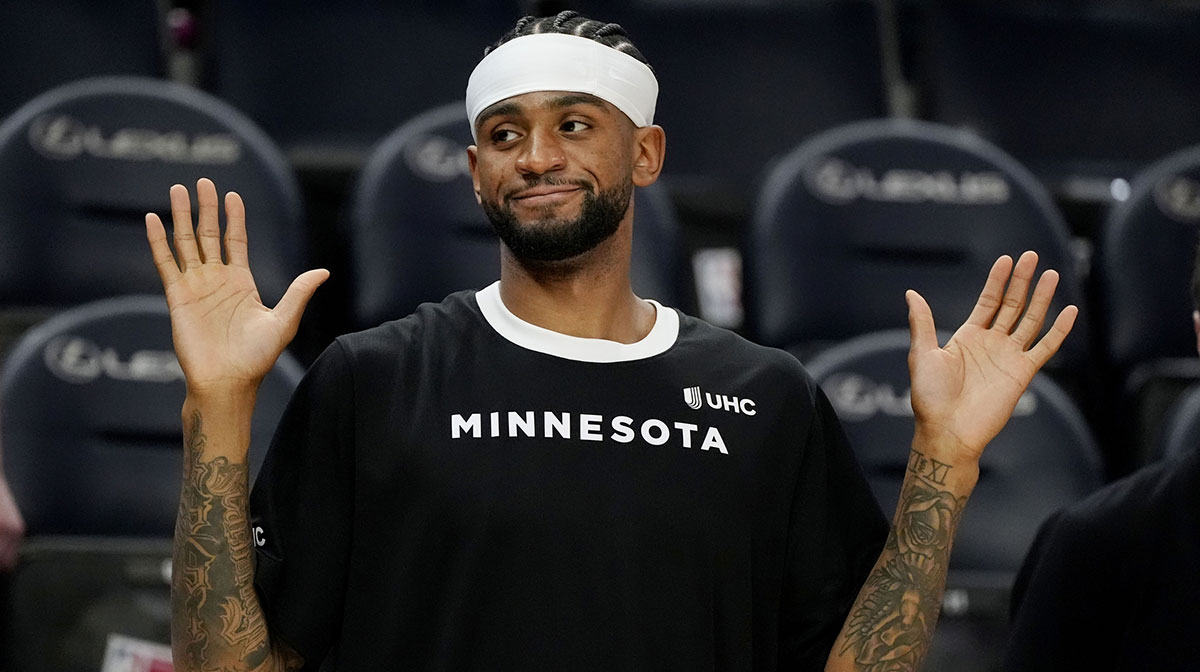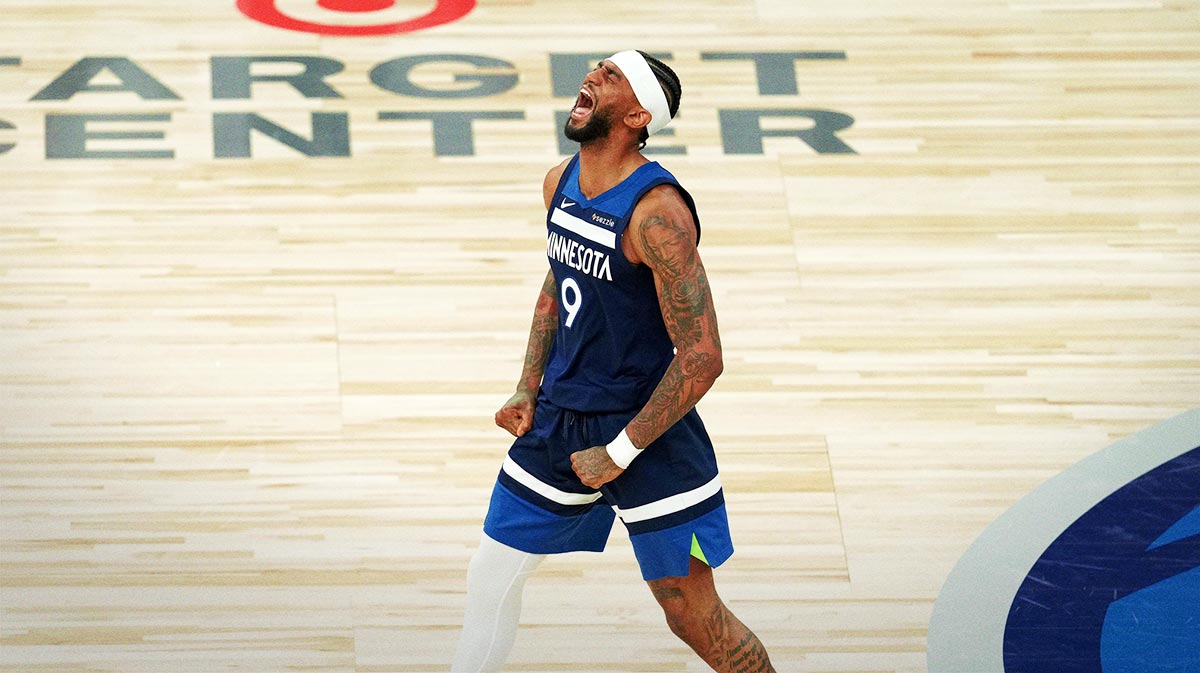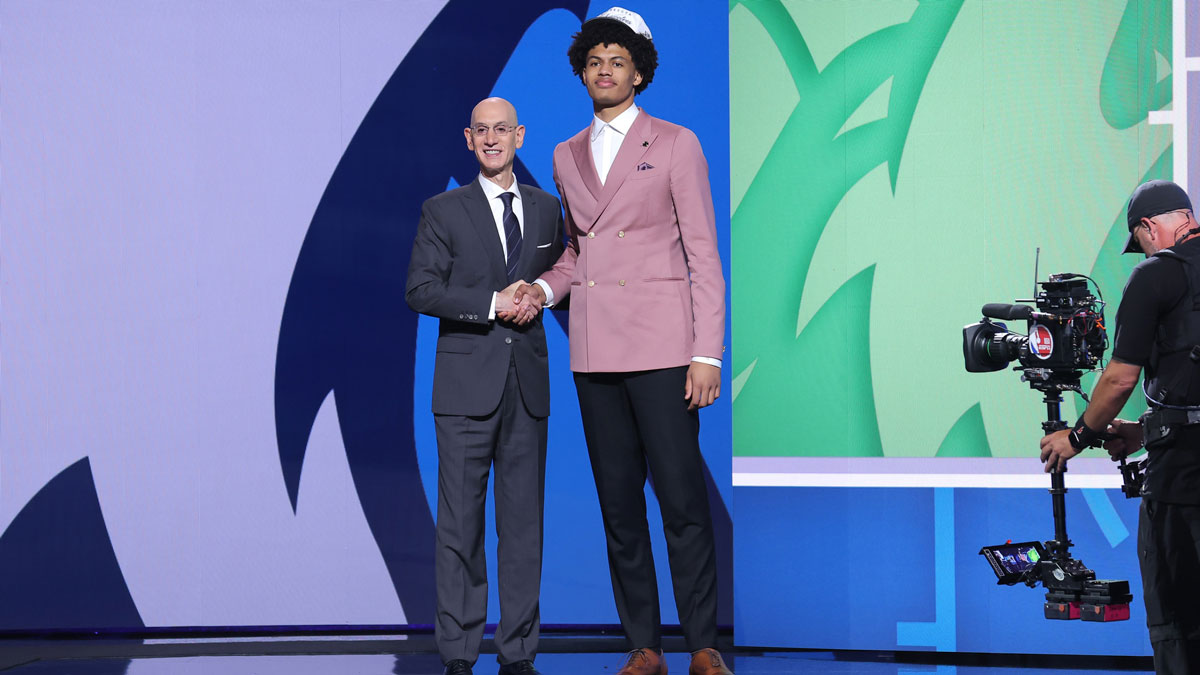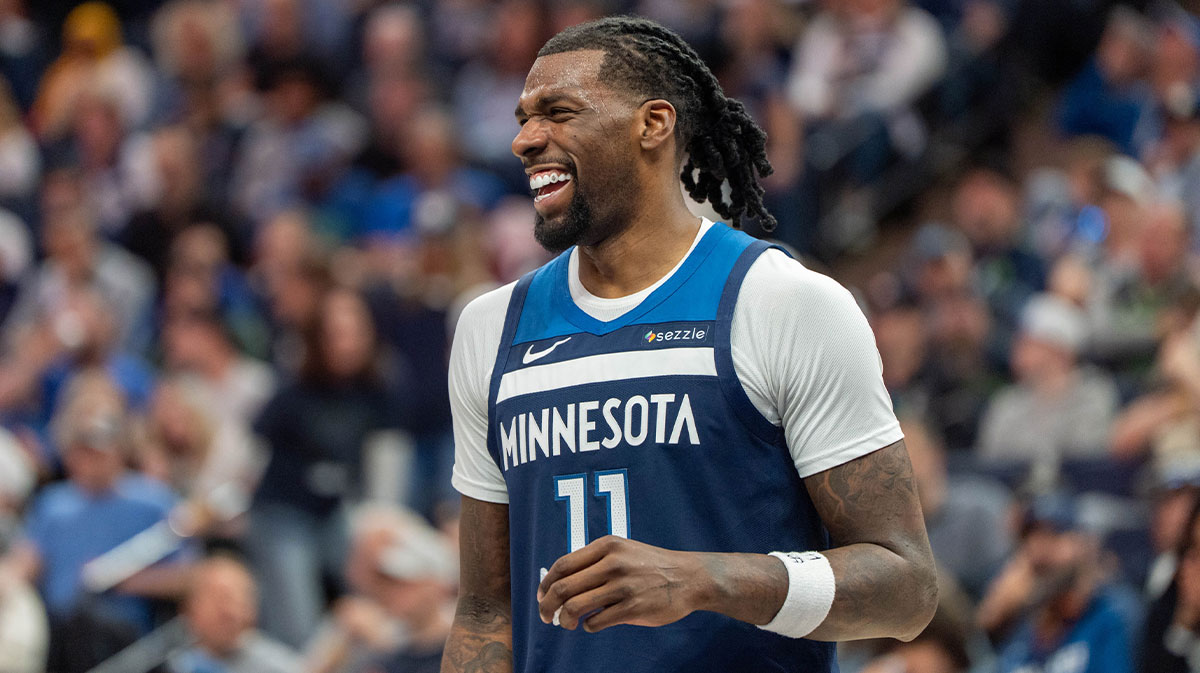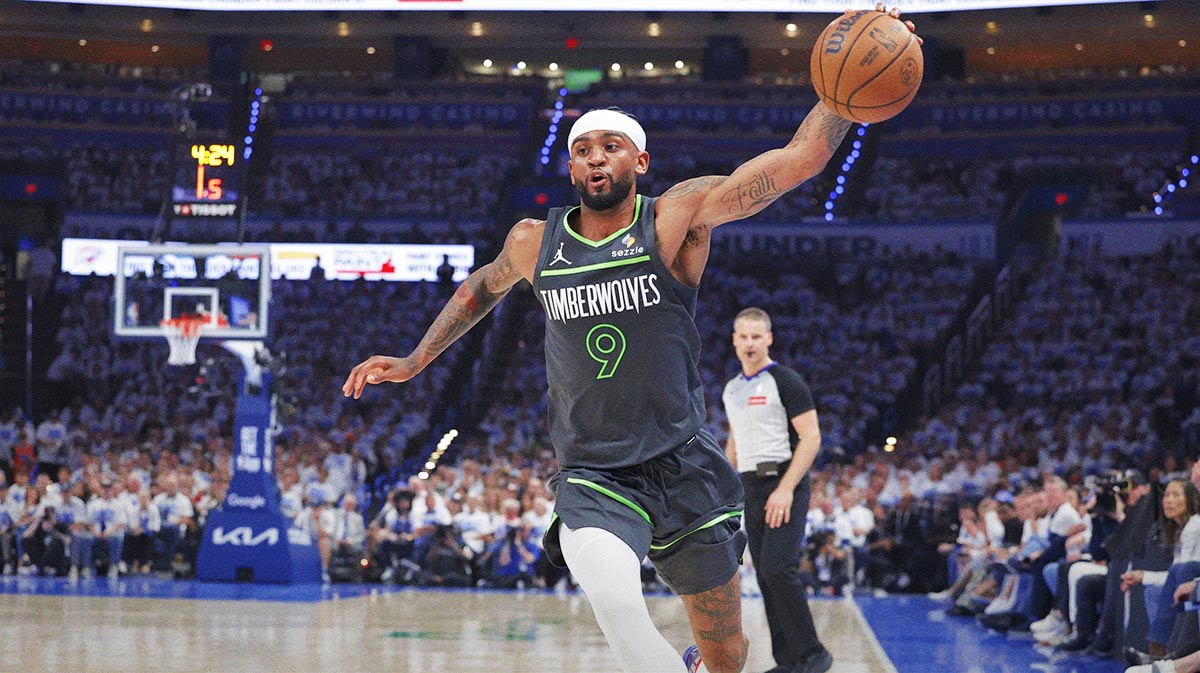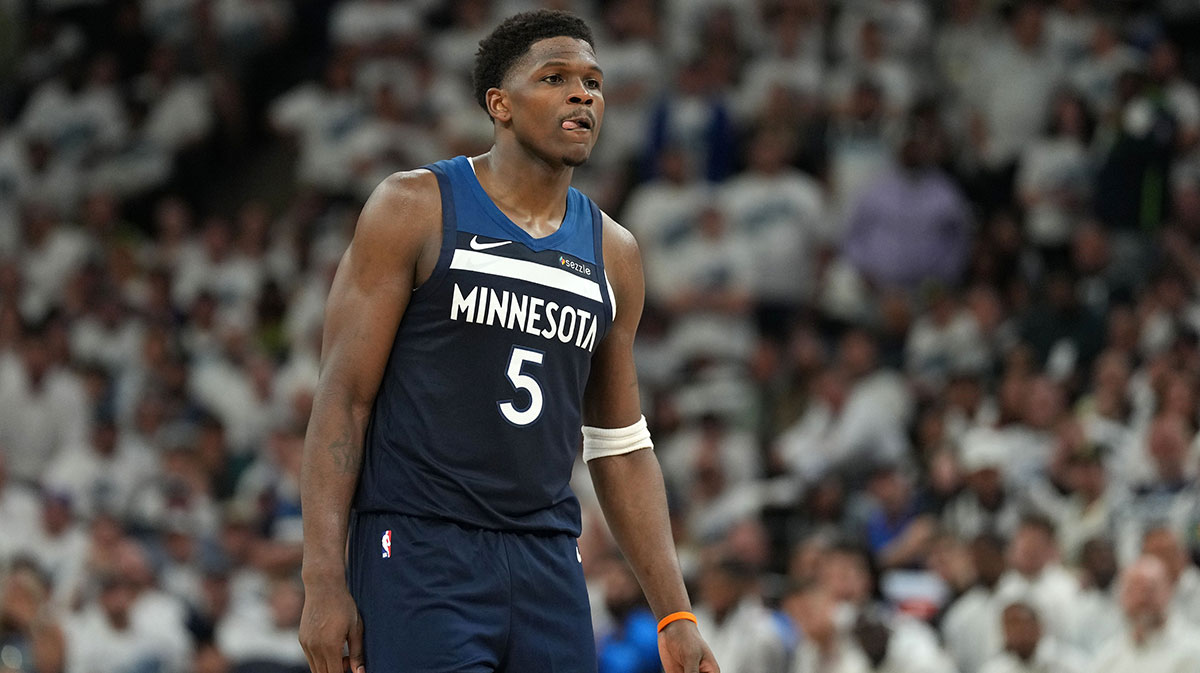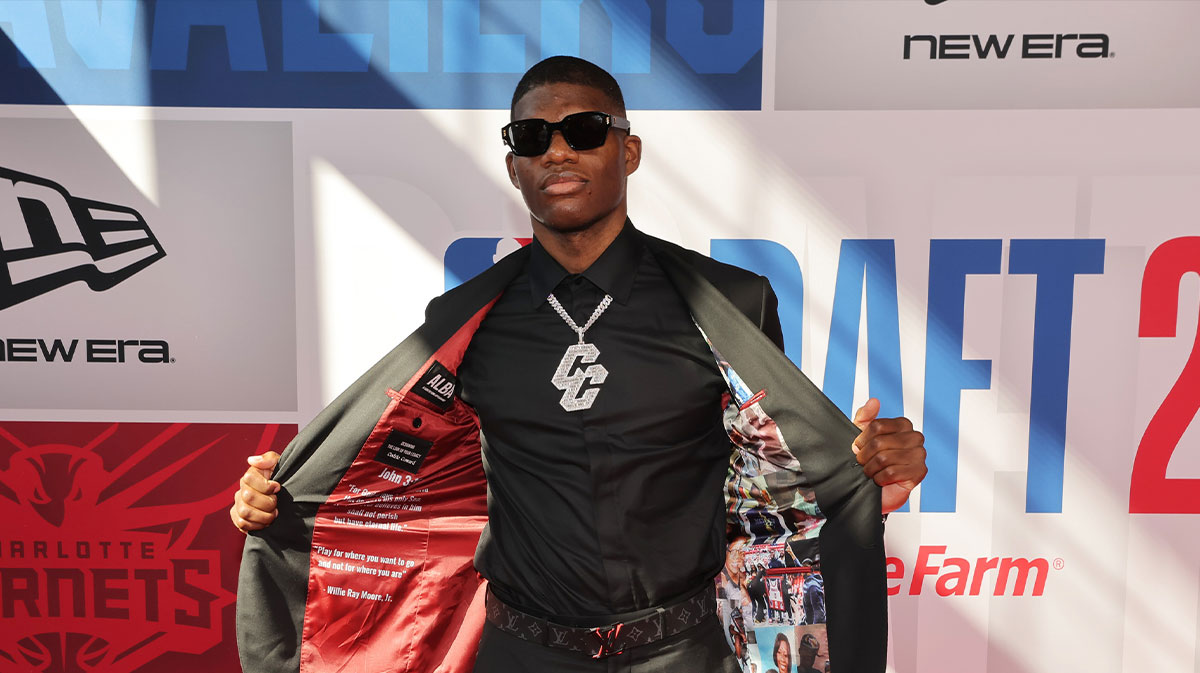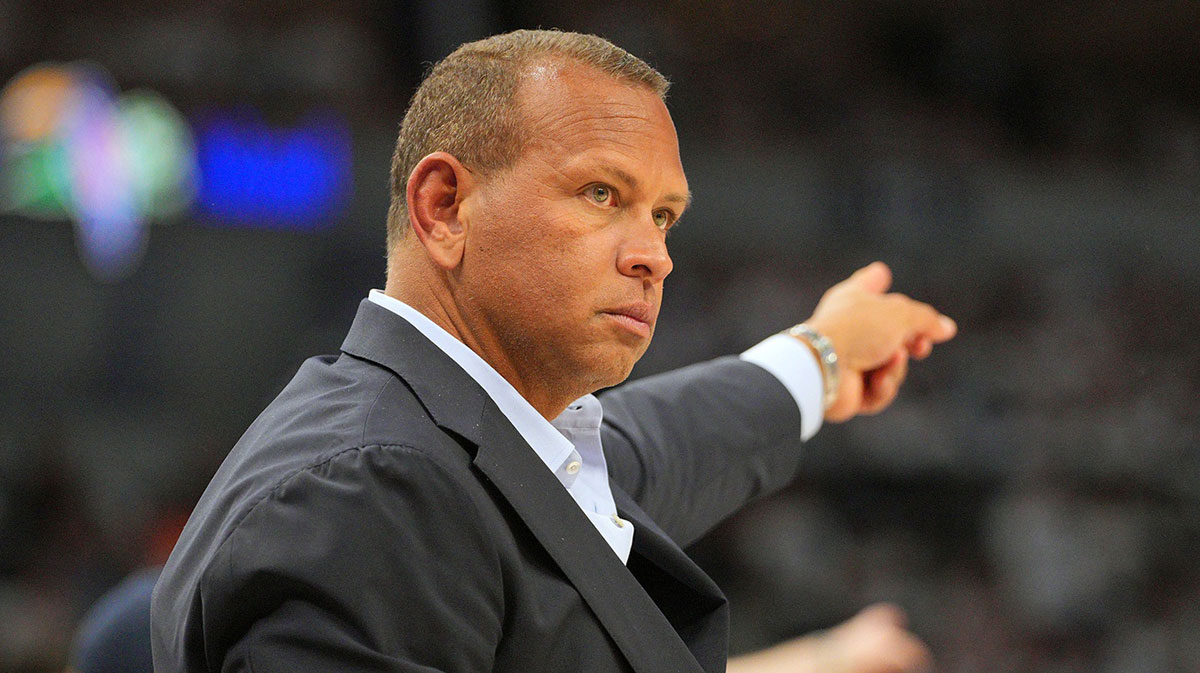The Minnesota Timberwolves are not a lottery team this year after ending their playoff drought.
Nevertheless, the No. 20 pick in the 2018 NBA Draft they hold in the first round holds significant value, which the team will be looking to maximize by trying to pick the right or best possible talent available by the time their turn to take someone off the board comes.
Even though Minnesota made the playoffs, there are some issues they need to fix. Their defense was run-of-the-mill. Their 3-point shooting production was the worst in the league also. These are matters that can be partly addressed in the upcoming draft, which is projected to be one of the deepest in recent years.

Keita Bates-Diop (Ohio State)
Background:
The Ohio State alum had a productive campaign in his last year in Columbus, as he had impressive numbers of 19.8 points and 8.7 rebounds for the Buckeyes, whom he led into an NCAA Tournament appearance.
He also topped his final season there with Big Ten Player of the Year honors. For Bates-Diop, it was more than just about leading his team during his redshirt junior season. It was also about reconstructing his draft stock after missing all but nine games during previous campaign due to a stress fracture in his left leg.
https://www.youtube.com/watch?v=Ts2-ooHF0iQ
He’s relatively old for a draft applicant, as he’s already 22, but his age could also mean that he’s more mature than most of his draft batchmates. If it weren’t for his health issues, Bates-Diop would’ve been projected higher in the draft, but that he is being graded that way in large part due to fears of a recurring injury only says a lot about how secure talents feel with regards to his actual basketball skills and talent.
What can he do:
A lot. Bates-Diop stands 6-foot-8 with a reported prehistoric-sized 7-foot-4 wingspan. He won’t blow people’s minds with his athleticism nor speed, but his fluid motions and decent touch from the perimeter could add dynamism to the team that will get him. He shot 35.9 percent from the 3-point region in college, and it seems his teammates loved looking for him outside, as evidenced by the fact that 87.9 percent of his three-point shots were off of assists.
That also implies that he’s willing to embrace an offense where he’s asked to move a lot without the ball. Defensively, Bates-Diop is serviceable at the very least. He blocked 1.6 shots per game with Ohio State, and his presence around the basket was a key reason why Buckeyes opponents shot a horrible 30.2 percent at the rim.
Khyri Thomas (Creighton)
Background:
Thomas worked his way into the radars of NBA scouts by sweating it out on the court. He began his college career at Creighton as a three-star recruit, which got him barely any looks from pro talent evaluators until he transformed himself into one of the deadliest one-on-one defenders in the nation who also has a dependable outside shot.
Thomas perfectly complemented Marcus Foster in the Bluejays’ backcourt. Whereas Foster was the bucket-getter, the 6-foot-3 Thomas was the team’s top perimeter stopper, thanks to his ridiculous 6-foot-10 wingspan. In fact, Thomas was named back-to-back Big East Defensive Player of the Year in 2017 and 2018.
What can he do:
Give this kid an assignment and he will shut him down – or slow him down at the bare minimum. As mentioned earlier, Thomas is a sticky defender. He averaged 1.7 steals per game in his junior year with the Bluejays. He also rebounds well for a guard, as he finished the season third on the team with 4.4 rebounds per contest.
Another good thing about Thomas is that he’s not limited to just being a terrific defensive asset. He can also deal damage on offense with his long shot. He knocked down 41.1 percent of his 3-point attempts last season to go with his other averages of 15.1 points and 2.8 rebounds.
The Timberwolves need to add depth to their point guard rotation with Derrick Rose and Aaron Brooks all set to become free agents, leaving Tyus Jones as Jeff Teague’s only backup as of the moment.
Jacob Evans (Cincinnati)
Background:
Mick Cronin’s Bearcats arguably had the best defense in the nation last season (no. 2 in KenPom in defensive efficiency) and second in scoring defense thanks to guys like Jacob Evans. Evans wore Cincinnati colors for three seasons and during that span, he averaged 11.7 points, 4.3 rebounds, and 3.1 assists per game. He was named into the All-AAC Team, a testament to his effectiveness on the court minus a flashy style and gaudy numbers.
Having gone under a perfectionist and notable disciplinarian head coach in Mick Cronin surely helped prepare Evans for life in the pros – or to be specific, life under Tom Thibodeau.
What can he do:
Evans, who is 6-foot-6, comes across as a guy who does not need to be pampered. All his coach needs is to whisper instructions into Evans' ear and he’ll try to contribute in any way he can. He can shoot the ball from deep, as he had a 37.7 percent clip from downtown in college. He also rebounds the ball well for his size. Perhaps most notable among his list of services he can provide is his ability to help his team cripple opposing offenses.
Apart from being a terrific on-ball defender, Evans also thrives in identifying how opponents will attack before it even happens, which is also why he averaged 1.1 steals and 0.9 blocks per game in Cincy. Thibodeau dealt with problems on their leaky backcourt defense in 2017-18 when opposing guards dropped 46.7 points on them on an almost nightly basis – one of the worst in the league. Adding Evans can help fix those defensive holes that neither Teague nor Jones can sufficiently fill in.
Lonnie Walker IV (Miami)
Background:
Prior to making his debut for the Hurricanes, Walker suffered a meniscus tear, which he recovered from just in time for the 2017-18 NCAA campaign. Walker did his best to taper down any lingering concerns about his health by doing Lonnie Walker things on the court. A scoring guard who blends a passable touch from the perimeter with ridiculous athleticism, Walker projects to be someone far from reaching his ceiling.
Once he does, he’s going to be a scary offensive weapon that can create shots on his own and rescue broken offensive plays. Walker could be getting a bit more chatter ahead of the draft had he received more attention in the NCAA National Tournament. He was denied of that when the Hurricanes were upset early by the glass-slipper-wearing Loyola-Chicago Ramblers in the first round.
What can he do:
Get buckets. Walker, who stands 6-foot-5, averaged only 11.5 points in Coral Gables, but that figure does not encapsulate well enough the guard’s scoring prowess. In Miami, he had to play within Jim Larranaga’s system that put the focus on killing the game’s pace, limiting Walker’s touches.
He needs to work on his jump shot to improve consistency, as he only knocked down 35.1 percent his 2-point jumpers in Miami – but he’s always a threat to get hot in an instant, meaning defenders can’t just gamble on leaving him open. If they close out on him, Walker can use his quickness and reported 40-inch vertical leap to attack the paint and finish at the rim. It’s not going to be that easy for Walker, but he can definitely learn a lot from playing behind Jimmy Butler in Minnesota.
Omari Spellman (Villanova)
Background:
Spellman is looking to cash in on his fantastic freshman year in Villanova. Things got even better for the stretch-four in the national tournament, as he played a crucial role for the Wildcats particularly in the Final Four.
Spellman gave NBA scouts a glimpse into the future with a double-double of 15 points and 13 rebounds with three 3-pointers in the win over Kansas to help thrust Villanova in the national finals. Spellman fits the mold of a modern-day biggie in the NBA with his ability to stretch the floor and play at least two positions well.
His athleticism is a bit underrated, perhaps because most people notice his excellent outside sniping. By averaging 10.9 points, 8.0 rebounds, and 1.5 blocks in 29.1 minutes per game, Spellman was able to take home the Big East Freshman of the Year award.
What can he do:
Spellman could be a fun toy to have on offense. For one, he’s a big who can pick his spots on the floor where he could be easily located for 3-point chances. He’s not just a conscienceless gunner. He’s an accurate one. In fact, he shot a sublime 43.3 percent from distance in college. And it’s the manner of how he gets those shots in that makes him an attractive prospect.
Out of his 65 made 3-point shots, 96.9 percent of them were off of dimes from his teammates, meaning he could be relied upon to deal damage in drive-and-kick offensive setups and more. Despite operating most of the time around the perimeter, Spellman is a master in tracking down offensive rebounds.
He averaged 2.3 offensive boards per game and led the Wildcats with 37 putbacks – just 12 fewer of Deandre Ayton’s total in Arizona. Spellman will provide Minnesota a big man who can stretch the floor and crash the board, qualities that the team lacks whenever Karl-Anthony Towns is on the bench.

